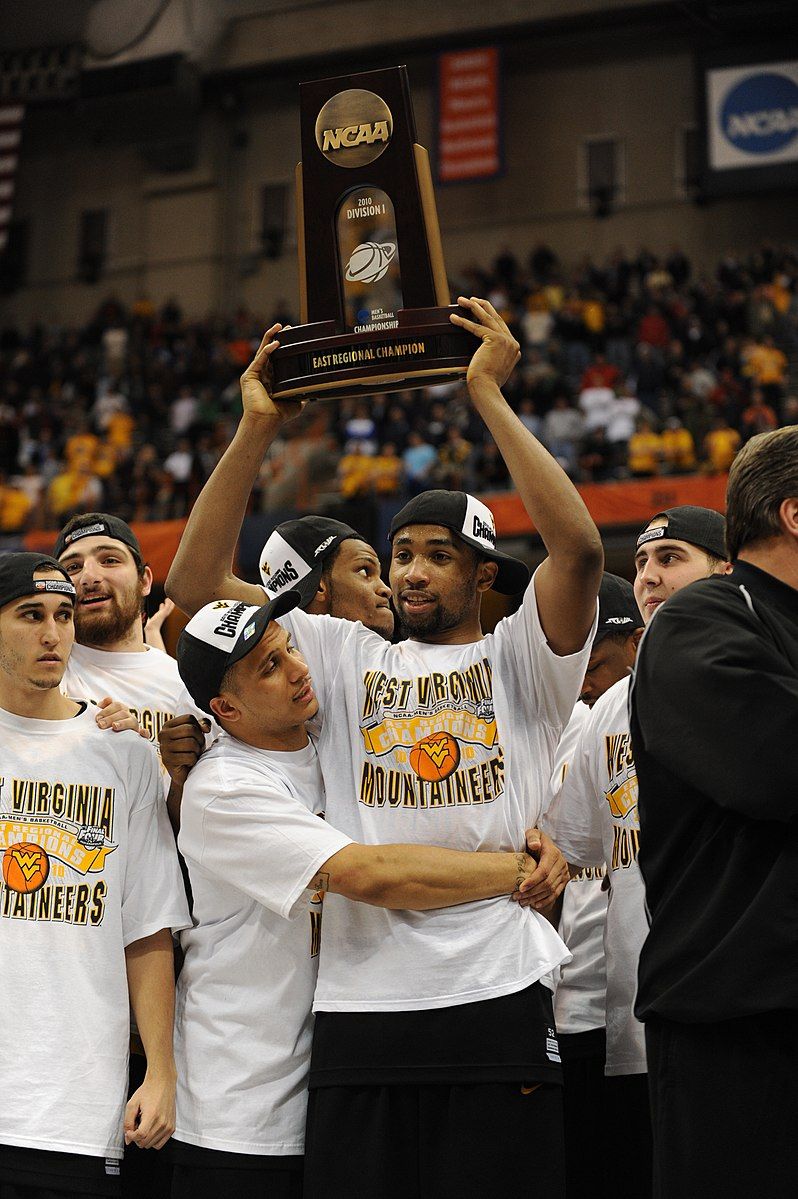West Virginia University (WVU) is on the cusp of change. On Friday, its Board of Governors approved President Gordon Gee’s proposal to discontinue 28 academic programs and eliminate 147 faculty positions. While the changes have elicited vigorous protests from students and staff, in the long run, the university will end up in a stronger position for slimming down and focusing on its strengths.
WVU says its goal is to “create a more focused academic portfolio aligned with student demand, career opportunities and market trends.” Changes in student demand are obvious. In 2021, 693 students graduated from WVU with a bachelor’s degree in engineering, up from 377 in 2010. Other majors with handsome earnings payoffs such as business and health saw large increases in graduations. But fields of study with lower economic returns saw student interest wane.
Among the most controversial of the approved cuts are to the foreign languages department, where WVU plans to eliminate five majors. But this department is expensive to run, and the number of students served is miniscule. In 2021, WVU awarded just 15 bachelor’s degrees in foreign languages out of more than 4,500 in total.
The university also wants to improve the value of other low-return majors. The Board recommended that the school “transform” its degree in art history to focus on museum studies—a field for which there is a defined, if narrow, job market.
In the short term, these changes will place the school on a sounder financial footing. The discontinued majors enroll just 1.4 percent of students, but the faculty positions eliminated represent 12 percent of the instructional faculty. WVU will still be able to serve the vast majority of its students, but at a significantly lower cost.
This will help the university close a $45 million budget shortfall without an excessive tuition hike. Tuition at WVU and the state’s other public colleges is below the national average. It will serve West Virginia’s students better to keep tuition low than to offer majors that few students choose.
In the longer term, the changes will help WVU thrive in a world where students’ relationship to higher education is changing. More and more students are questioning the value of college. Between 2010 and 2020, enrollment in public colleges and universities dropped by 8 percent nationally, and by 22 percent in West Virginia.
Students, however, have been up front about what they want from college: affordable education that leads to well-paying jobs. Many of WVU’s programs pass this test with flying colors. According to FREOPP estimates, graduates of WVU’s ten engineering and computer science programs can expect to earn six figures by mid-career—which is why student interest in these majors has grown, at WVU and nationally.
There’s still a place for instruction in less lucrative or niche fields such as foreign languages. But not every college needs to offer a bachelor’s degree in Russian studies. Instead, colleges should focus on a more limited set of programs where there is labor market need or where they have unique strengths. By streamlining and specializing, universities can operate more efficiently, lower costs to students, and prioritize fields where graduates can go on to high-wage jobs.
The days in which universities could blithely raise tuition and give little thought to how they spent the revenue are over. West Virginia University has recognized the change is necessary. After the protests and bad press have faded, the institution may emerge stronger.


